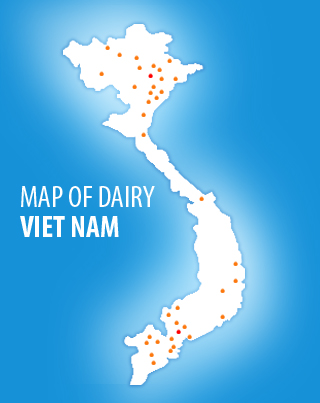News
Dairy Profit Margins Tank

Mailbox milk prices in July averaged $17.40/cwt., according to USDA’s most recent Agricultural Prices report. That was 50 cents lower than June’s already low value of $17.90 and a staggering $8.30/cwt. lower than July 2022’s $25.70. Wisconsin’s All-Milk price in July was only $15.50/cwt., the lowest mailbox price since May 2020.
“Dairy producers in Midwest cheese states have fared among the worst. Milk that was dumped, sold at a steep discount, or hauled to distant processors watered down their checks,” said Sharp. “Many producers in Wisconsin, Minnesota, South Dakota, and Iowa cashed checks that were below the average cost of milk production.”
In July, the average cost of feed for a typical U.S. dairy cow ration dropped to $13.27/cwt. of milk produced, down from $13.60 in June and $15.10 lower than year-earlier levels. Declining feed prices, however, weren’t nearly enough to offset the setback in milk revenues, Sharp said.
According to the income-over-feed formula used in the Dairy Margin Coverage (DMC) program, the average dairy producer had just $3.52/cwt. left to pay all other bills in July after paying for feed. July’s national average income-over-feed margin was the lowest since 2012.
“Insufficient incomes hammered producers in the Upper Midwest this summer, but their peers in the Southwest have struggled through losses of similar magnitudes—or lower—for years,” Sharp noted. “For example, in Wisconsin, income-over-feed margins dropped to $3.10 in July, the lowest on record in the nation’s second-largest dairy state, and a level that translates to staggering losses for the average Wisconsin dairy producer, but in Texas, the income-over-feed margin was even lower at $2.98.”
Margins that low have spurred producers to cull their herds. Dairy cow slaughter volumes in Region 6, which includes Texas and New Mexico, were up 25% year to date through late-August, according to USDA data. In Region 5, which includes Illinois, Indiana, Michigan, Minnesota, Ohio, and Wisconsin, year-to-date slaughter volumes were up a more modest 3.9% over the same period. But cull rates climbed in the Upper Midwest as margins deteriorated. Region 5 cow slaughter topped year-ago levels by 7.5% for the June through August period, she noted.
“The dairy safety net has helped to sop up some—but not all—of the losses on dairy farm balance sheets,” Sharp said. Through July, dairy producers who insured 5 million pounds of annual milk production with the highest $9.50/cwt. coverage tier will receive nearly $125,000 in indemnity payments through the Dairy Margin Coverage (DMC) program, including nearly $25,000 in July.
“Higher Class III prices and DMC checks might shift U.S. dairy cow slaughter into a slightly lower gear, but they’re unlikely to completely forestall contraction in the U.S. dairy herd,” Sharp said, adding that most U.S. milk comes from herds that produce substantially more than the 5 million pounds typically insured through DMC.
“The June and July DMC payments pale in comparison to the shortfalls sustained on many medium and large dairy operations. With milk prices hovering between $18 and $19/cwt., many dairy producers will continue to lose ground, while others inch forward on the long road to financial recovery,” she said.
In its August World Agricultural Supply and Demand Estimates, USDA raised the 2024 All-Milk price prediction currently by 25 cents to $19.35/cwt., an improvement but not high enough to even begin to make up for the losses sustained in 2023.





















